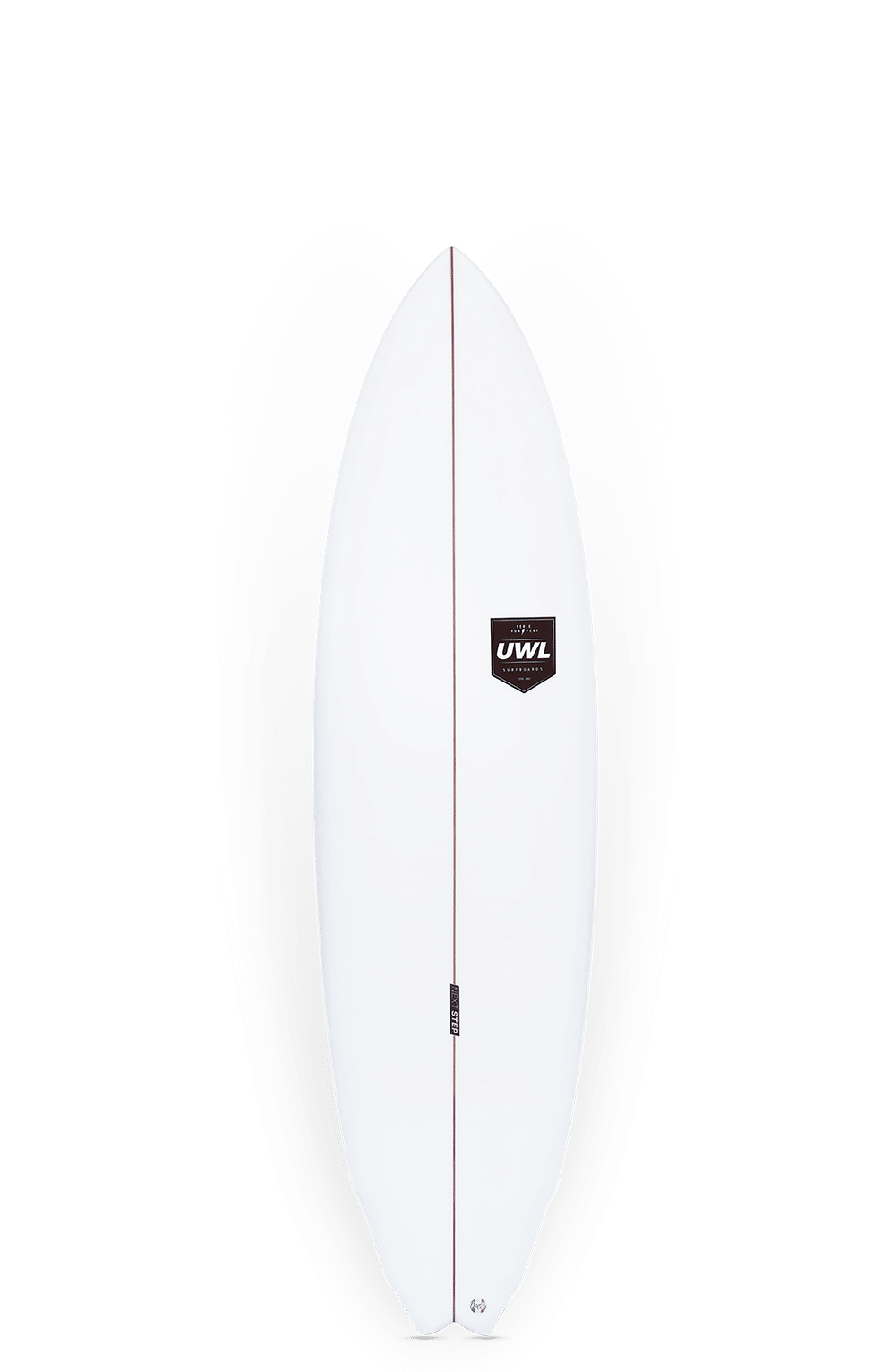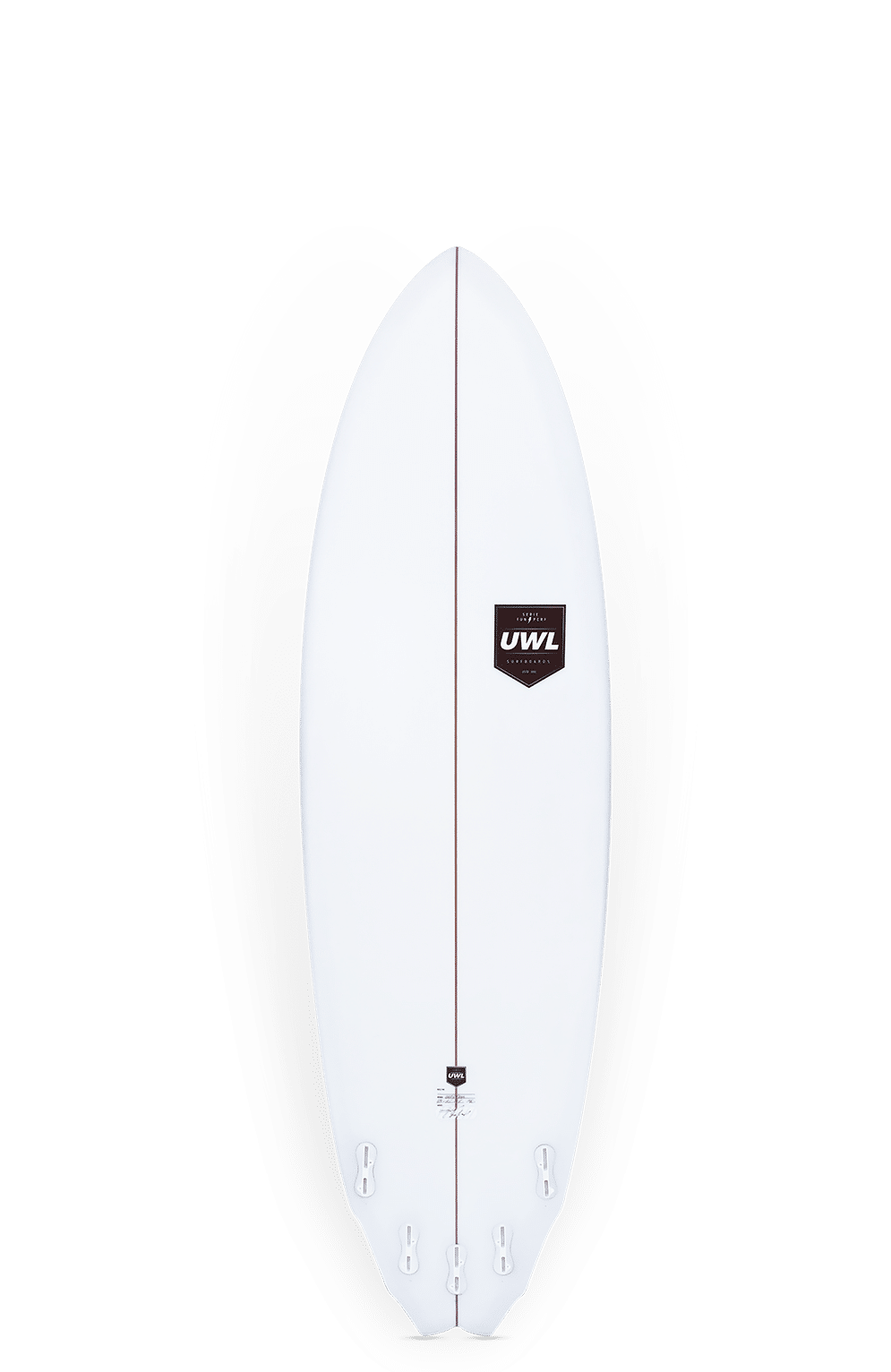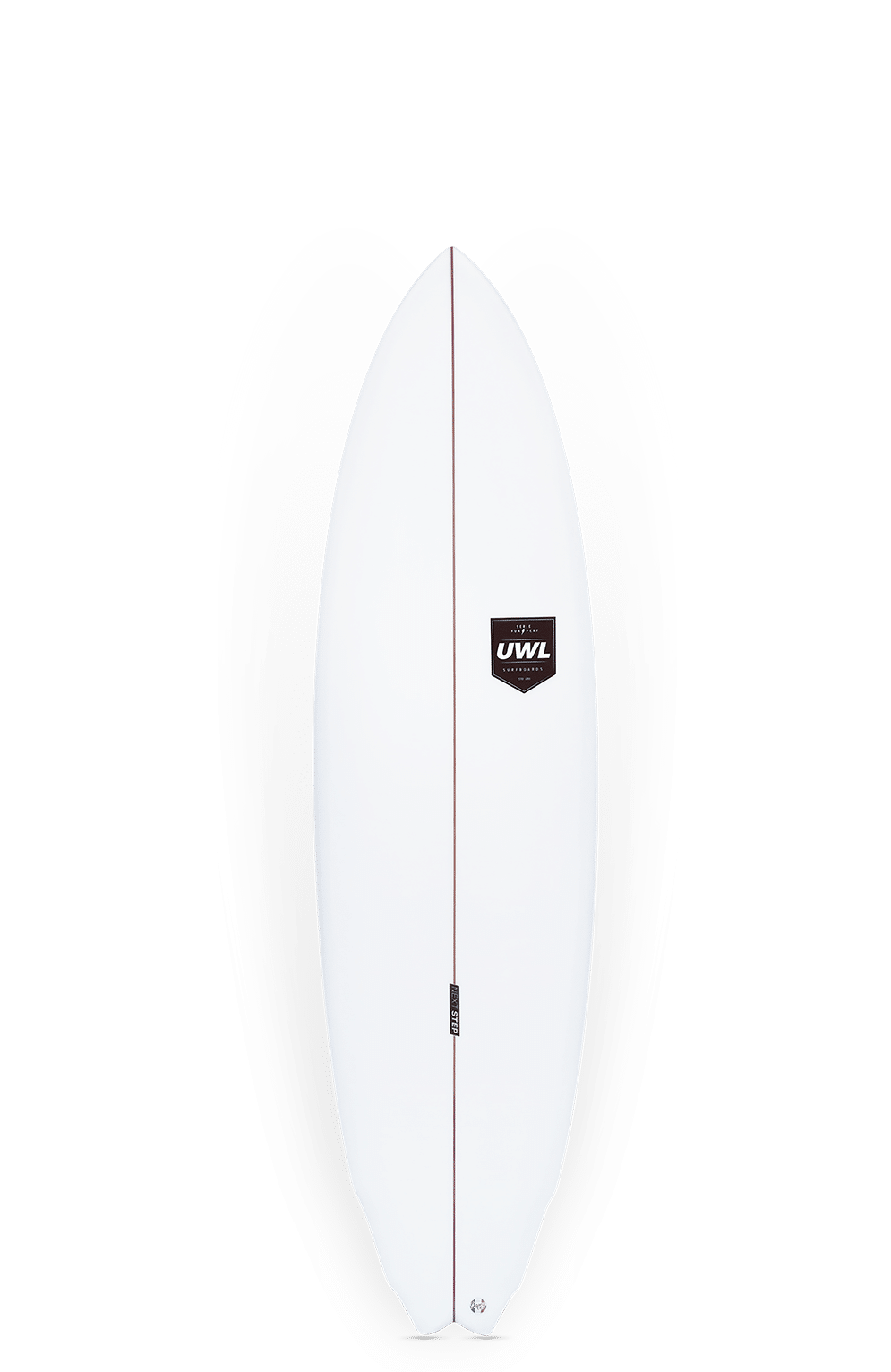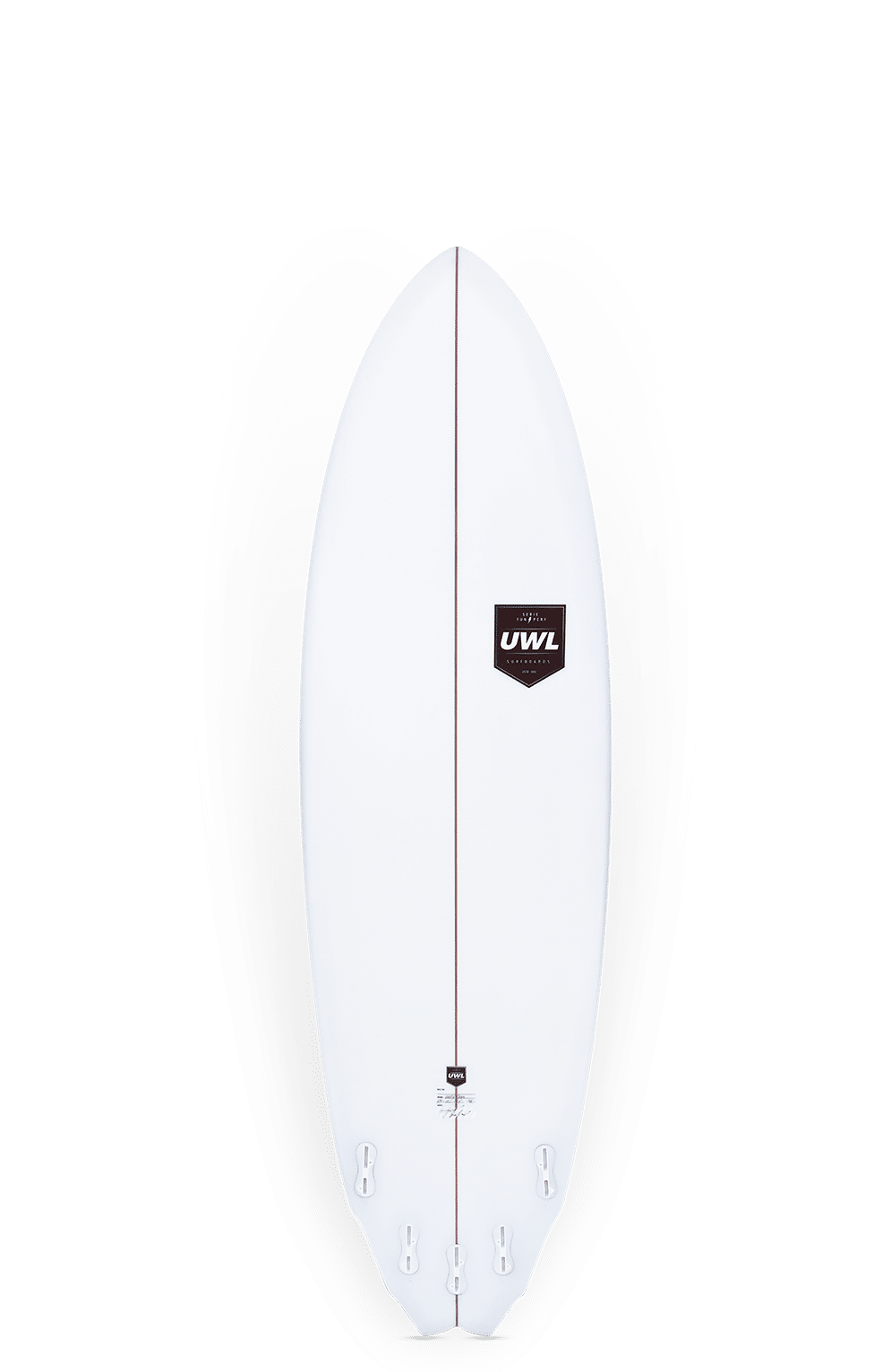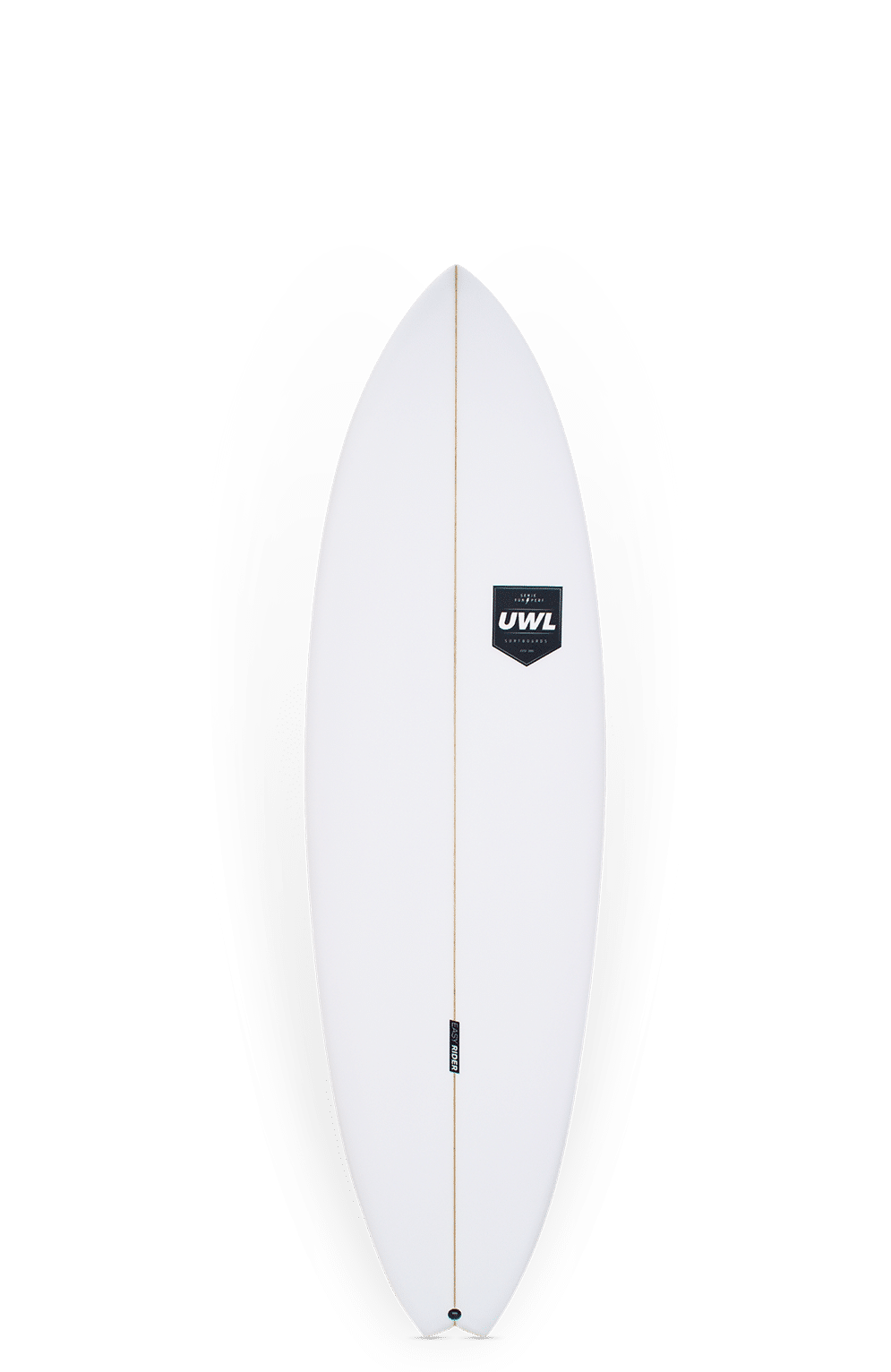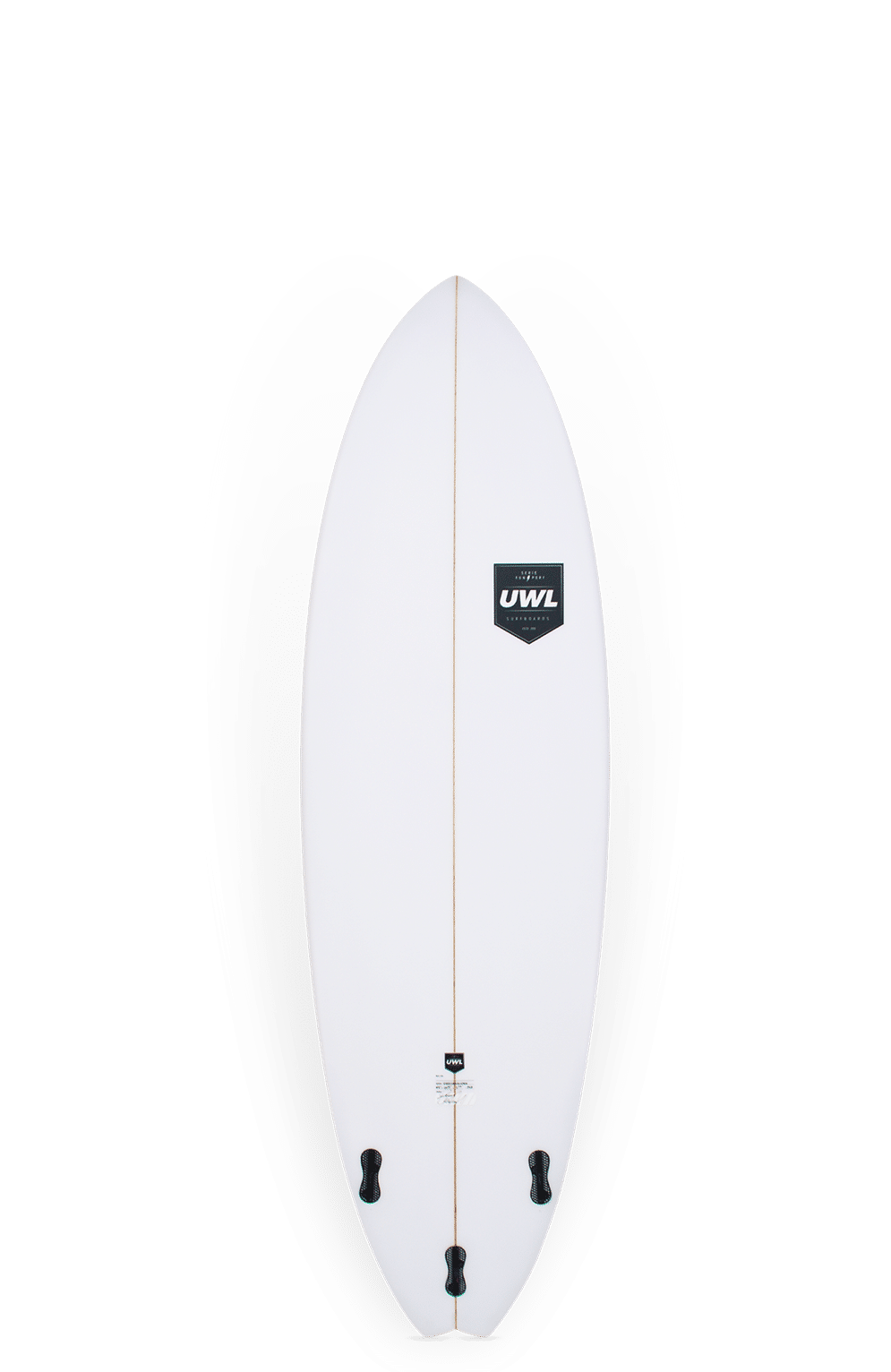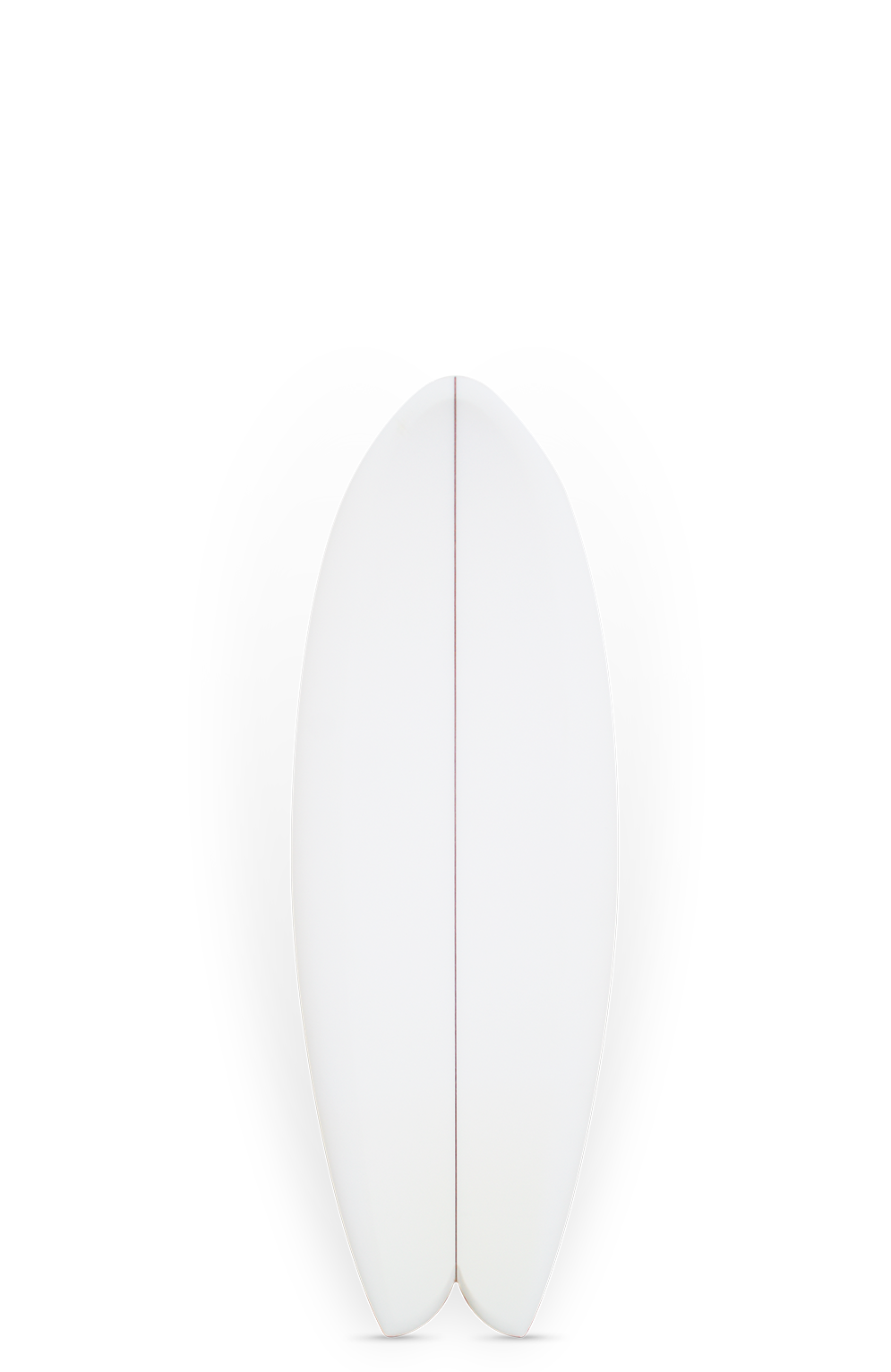Choosing a surfboard can be complex, and many surfers focus on specific criteria such as volume. However, at the Shapers Club, our custom board building experts insist on one essential point: volume, while important, should not be the only factor in your decision. Here's a breakdown to help you better understand its role and make the right choice for your performance on the water.
Volume: an overrated criterion?
In the world of surfing, volume is often seen as the key factor in choosing a board. However, this simplified approach fails to take into account the nuances that can significantly influence your riding experience. In reality, it's essential to think in terms of overall performance rather than the notion of volume.
Boards are designed to meet specific needs in terms of speed, handling and responsiveness. Focusing on volume alone, without considering overall design and proportional adjustments, could limit your potential on the waves.
Proportional and disproportional adjustments
When you want to adjust the dimensions of a board, it's important to understand that there are two types of modifications:
- Proportional This involves evenly increasing or reducing the board's length, width and thickness. This type of adjustment maintains the board's original balance and performance characteristics.
- Disproportional In this case, one or two dimensions are modified without affecting the others. For example, lengthening the board without increasing its thickness or width. These modifications can have a significant impact on the way the board behaves in the water, affecting weight distribution and responsiveness.
Practical example
Let's take the example of a surfer who wants more stability. A proportional adjustment, simultaneously increasing length, width and thickness, could be the ideal solution to maintain the essence of the board while offering more lift. Conversely, if only the front of the board is modified to increase paddling ability, this could unbalance weight distribution, negatively impacting maneuverability once on the wave.
Volume, a design compromise
While volume can sometimes seem like a solution to improve buoyancy, it's crucial to remember that adding volume to certain areas of a board can be detrimental to its overall performance. A common example is adding volume at the front to facilitate paddling, which could result in a loss of responsiveness when surfing.
Conclusion
At Shapers Club, we encourage you not to let yourself be trapped by simple volume figures. The key lies in a tailor-made balance between dimensions adapted to your height, your weight, and above all, the way you want your board to react on the waves. For this, it's always best to consult our experts, who will be able to guide you towards the board best suited to your needs and surfing style.
Optimize your performance with a board designed not around a single number, but around a global, personalized approach. Don't hesitate to contact us for tailor-made advice and to create your ideal board.
